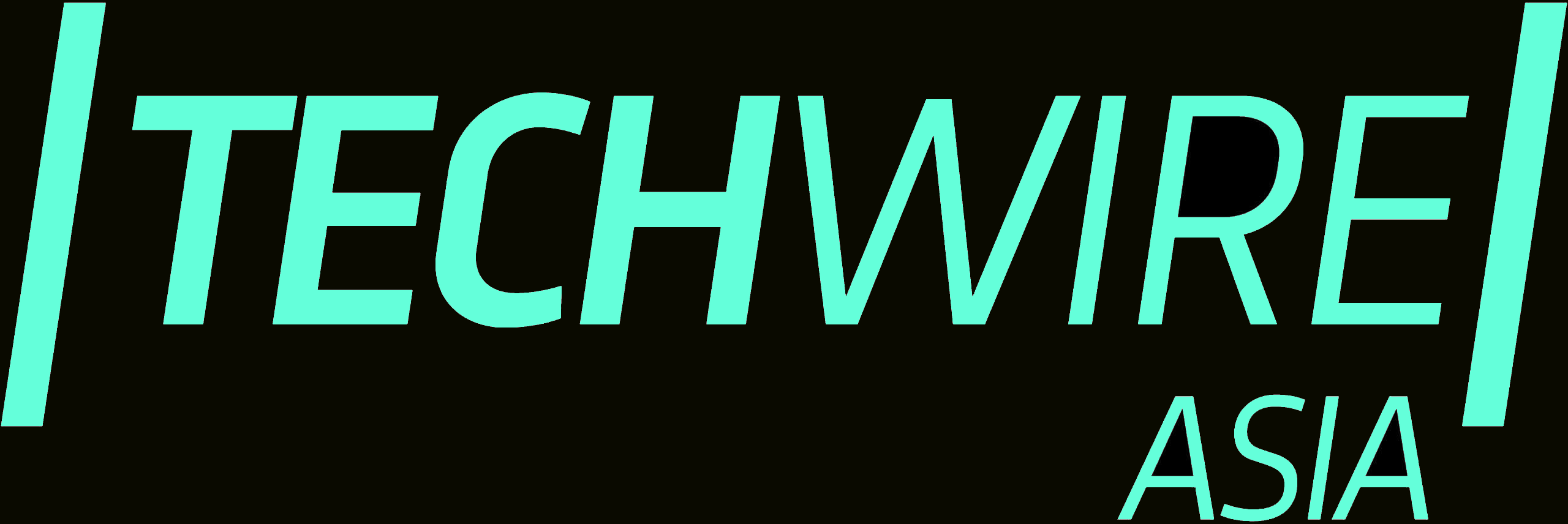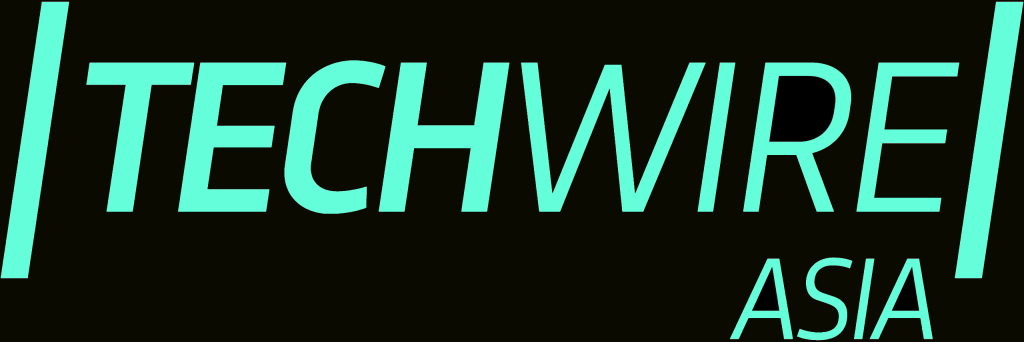While the majority of organisations are looking to implement AI into their workflows, the reality is that the practical uses of the technology are limited without significant changes at business and infrastructure levels. Without the ability to give modelling algorithms access to a large body of learning material, the results of queries (AKA inferences) will lack relevance. In business terms, you can’t ask questions about your customers until the software has learned about them.
One business function that has been working with machine learning in operations is customer support and/or call centres. Often in the form of chatbots or smart assistants, we use them every day to interact with retail companies, utilities, government offices and so on.
The Business-Focused AI Use Case
But as AI advances, use cases where organisations can leverage the technology are growing. To explore these, we turn to organisations that are early adopters of AI in customer care. These businesses are further down the AI path than many others. Tech Wire Asia had a conversation with two executives whose organisations are at the forefront of deploying AI in contact centres and, more broadly, across industries.
Dave Flanagan is Head of Digital and Conversational AI at Nexon Asia Pacific, a digital consulting and managed services organisation in Australia that assists its customers to implement digital transformation roadmaps, identifying key areas where AI can add the most value and tailoring solutions that integrate seamlessly with their existing systems. Phillip Townsend is the Strategic Director of Innovation, APAC, for Genesys, the market leader in AI-powered experience orchestration, delivering seamless and personalised customer and employee experiences.
Employee Experiences
In addition to the intelligent assistants already in use by many customer care functions, AI brings significant value in improving employee experiences. By giving contact centre staff access to AI-powered tools, job satisfaction increases, and the daily workload becomes more efficient. Improving staff conditions lowers staff churn rates, creates clear career progression opportunities, and – a key metric in the boardroom – makes for more loyal customers who get better service.
Phill Townsend described how early machine learning algorithms were deployed. “The first thing that was identified as an opportunity for AI was to drive automation to reduce cost in the organisation. A lot of technology innovations can be deployed really poorly. The speech IVR of the early 2000s didn’t really serve a purpose for the customer, but was adopted to drive technology. Whereas now, there’s a belief in organisations to use tech to augment the agent. At Genesys, a lot of our R&D and our investment is going into leveraging augmentation in the agent’s processes, making sure it’s 100% right for our customers, and then shifting that into virtual agent capabilities.”

The Science of Compliance
There is a great deal of awareness in customer care functions of issues around data compliance, sovereignty, and security. That’s especially relevant given AI’s need for data to learn from and act on.
“When it comes to consolidating vast amounts of data into meaningful insights or making informed decisions backed by data, organisations must consider where their data will reside, ensuring it’s secure while leveraging AI tools to uncover actionable trends. This approach helps unlock new insights, empowering both the organisation and its staff to achieve better outcomes,” said Dave Flanagan of Nexon.
“Embedding compliance into AI development and practices means organisations must handle data management with a corporate-level perspective to prevent oversharing or unwarranted access to personally-identifiable information. By incorporating these practices, organisations can ensure that their data use aligns with regulatory requirements and safeguards sensitive information. As AI continues to be leveraged increasingly in call centres, it becomes even more crucial to prioritise compliance and robust data governance to maintain trust and uphold regulatory standards,” Dave said.
Expecting AI to independently decide upon a course of action, therefore, is one of the more high-risk projects that call centres might pursue. “I don’t know many organisations that do it well, because it involves multiple data sources such as customer history, customer profile and real time journey information. That’s high complexity, high risk. There are so many opportunities to be had with AI that are further down the risk scale yet bring immediate value,” he said.

The Smart Employee Assistant
This brings us back to using AI to augment the human worker and improve their overall experience. Phill pointed out that using AI to remove simple customer engagements from agents left them with the more stressful tasks. “[They were] dealing with far greater complexity in every single engagement. And they probably weren’t being supported well within the business.”
To improve employee experience, it is important to look to AI to provide support in everyday interactions.
“An AI-powered agent copilot can surface the right knowledge based on the conversation that customer is having in real time. That takes away stress from the agent. It’s like the bumper rails on a bowling alley. If the ball’s going down the middle, leave it alone. If we start to sway off track, let’s use some bumpers to guide the agent.”
The additional benefit of using software as an employee’s virtual assistant is that employee training and onboarding cycles get shorter. Phil said, “Instead of six and eight week training and onboarding cycles, you dramatically shrink timeframes by an AI surfacing the knowledge without the agent having to know everything.”
Additionally, because call handlers become fluent faster, staff can transition to other roles in the company, sometimes in other departments. This makes the candidate selection processes for open positions much simpler and less costly to the wider business.
Stepwise Implementation
And like any software rollout, the key to success is to proceed stepwise and address specific problem areas in the business. “Start small, ensure success,” Dave said. “Pick those right use cases that we know we’re going to get right, because we still need to build trust, not only with the customers, but with people inside the organisation.”
The internal buy-in for AI is particularly relevant because the media storm around AI means people can sometimes fear the technology. “It comes back to that trust. If you don’t achieve trust by success, you will encounter roadblocks pretty quickly,” he said.
To learn more about how artificial intelligence can enhance employee experience in the contact centre and maximise its value, consider partnering with Nexon, a company with extensive experience in delivering tangible results. To learn more about Nexon Asia Pacific’s practical AI implementations, visit here. To learn more about how AI-powered experience orchestration is delivering the future of customer and employee experiences, visit here.







